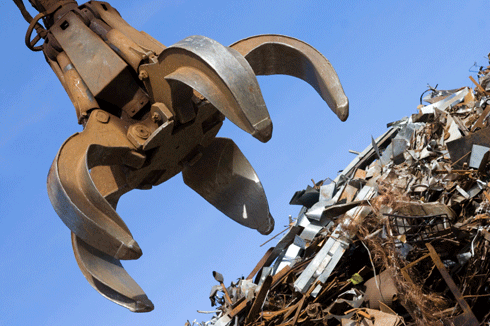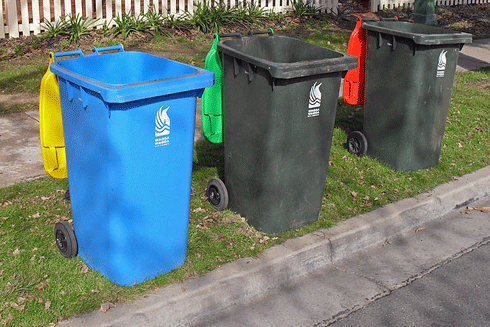
|
Published: 21 January 2013
'Shell-shocked' crabs can feel pain
The food and aquaculture industries should reconsider how they treat live crustaceans such as crabs, prawns and lobsters, according to a researcher from Northern Ireland, who has found that crabs are likely to feel pain. The researcher says the findings have implications for the way live crustaceans are handled in fisheries and aquaculture.

|
|
A common shore crab undergoing testing for pain response. Credit:
Queen’s University, Belfast
|
Professor Bob Elwood and Barry Magee from the School of Biological Sciences, Queen's University, Belfast looked at the reactions of common shore crabs to small electrical shocks, and their behaviour after experiencing those shocks. The research has been published in the Journal of Experimental Biology.
Professor Elwood's previous research showed that prawns and hermit crabs respond in a way consistent with pain. This latest study provides further evidence of this.
‘The experiment was carefully designed to distinguish between pain and a reflex phenomenon known as nociception,’ said Professor Elwood.
‘The function of pain is to aid future avoidance of the pain source, whereas nociception enables a reflex response that provides immediate protection but no awareness or changes to long-term behaviour.
‘While nociception is generally accepted to exist in virtually all animals, the same is not true of pain. In particular, whether or not crustaceans experience pain remains widely debated.’
This latest study showed that shore crabs are willing to trade something of value to them – in this case a dark shelter – to avoid future electric shock.
‘Crabs value dark hideaways beneath rocks where they can shelter from predators,’ explained Professor Elwood. ‘Exploiting this preference, our study tested whether the crabs experienced pain by seeing if they could learn to give up a valued dark hiding place in order to avoid a mild electric shock.
‘Ninety crabs were each introduced individually to a tank with two dark shelters. On selecting their shelter of choice, some of the crabs were exposed to an electric shock. After some rest time, each crab was returned to the tank.
‘Most stuck with what they knew best, returning to the shelter they had chosen first time around, where those that had been shocked on first choice again experienced a shock.
‘When introduced to the tank for the third time, however, the vast majority of shocked crabs now went to the alternative safe shelter. Those not shocked continued to use their preferred shelter.
‘Having experienced two rounds of shocks, the crabs learned to avoid the shelter where they received the shock. They were willing to give up their hideaway in order to avoid the source of their probable pain.’
Professor Elwood says that his research highlights the need to investigate how crustaceans used in food industries, such as crabs, prawns and lobsters, are treated.
‘Billions of crustacean are caught or reared in aquaculture for the food industry. In contrast to mammals, crustaceans are given little or no protection as the presumption is that they cannot experience pain. Our research suggests otherwise.
‘On a philosophical point it is impossible to demonstrate absolutely that an animal experiences pain. However, various criteria have been suggested regarding what we would expect if pain were to be experienced. The research at Queen's has tested those criteria and the data is consistent with the idea of pain.’
Source: EurekAlert!





